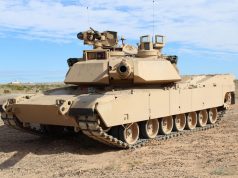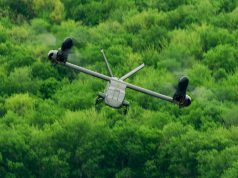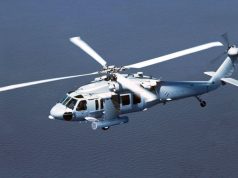
US Army soldiers from the 4th Battalion (Attack), 2nd Aviation Regiment (4-2 AB) in South Korea have completed a final flight with the AH-64D Apache attack helicopter, completing the fielding of the AH-64E V6 on 16 February, 2022.
The final flight of the AH-64D at Camp Humphreys, Republic of Korea, took place after the first V6 Apaches arrived in the country in January this year.
“I’ve been fortunate enough to fly the Alpha model as well as various versions of the Delta model,” said LTC Peter Schmitt the 4-2 Attack Helicopter Battalion Commander.
“This AH-64E v6 is far superior to prior generations when you take into consideration its lethality, its survivability, its performance and its maneuverability. This might look like an Apache aircraft, but its capabilities far exceed its predecessors. It is a different attack helicopter, not only from its prior generations, but frankly against a near peer or peer threat.”
The US Army previously said that a total of 24 of the new V6 Apaches would be stationed in South Korea.
The V6 is equipped with the latest in communications, navigation, sensors and for the first time a cognitive decision aiding system (CDAS). Upgrades include an improved cockpit map display that will allow pilots to use digital map images to see terrain and other topographical features, increasing pilot situational awareness.
Other upgrades include a Modernized Target Acquisition Designation Sight/Pilot Night Vision System (MTADS/PNVS) that will provide improved resolution and acuity allowing pilots to pick up targets more clearly at longer distances on their display screens.
The helicopters also feature Link 16 communications, as well as Manned-Unmanned Teaming E\eXpanded (MUMT-X) software designed to allow Apache pilots to directly control other Army unmanned aerial systems, and receive UAS video in the cockpit while directing their flight path and controlling their sensors.


























